5 Days in Meghalaya: Where Clouds Embrace the Earth
My journey to Meghalaya, the land where clouds meet the earth, unfolded over five enchanting days. Known for its misty hills, cascading waterfalls, and warm hospitality, Meghalaya offers an experience like no other. Here’s how I explored the best of this stunning region, from bustling Shillong to the serene Umngot River in Dawki and the mesmerizing beauty of the Living Root Bridges.
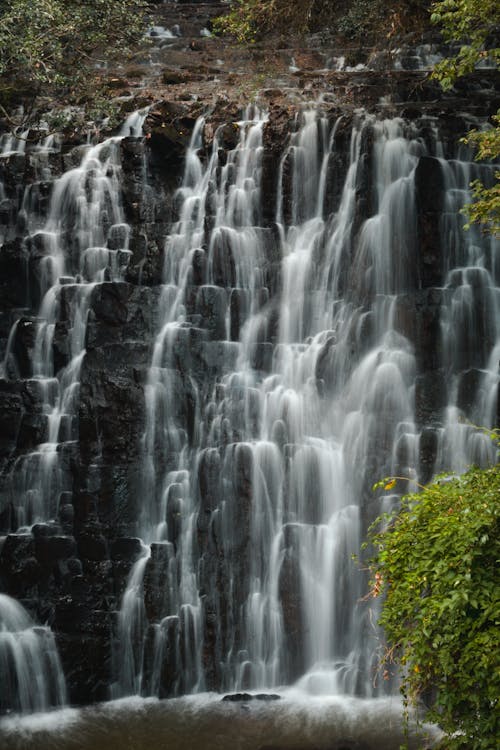
Day 1: Arriving in Shillong – The Heart of Meghalaya
My adventure began in the charming capital of Shillong. After a scenic drive from Guwahati, I checked into a cozy guesthouse near Police Bazaar, Shillong’s main commercial hub. The staff at the guesthouse were incredibly welcoming, offering me tea and local snacks as I settled into my room.
After resting, I set out to explore Shillong. My first stop was the tranquil Ward’s Lake, a beautiful man-made lake surrounded by lush gardens. A leisurely walk around the lake, coupled with some paddle boating, made for a peaceful start to my trip. I spent the rest of the evening exploring the vibrant Police Bazaar, shopping for local handicrafts, and indulging in the delicious Momos and Thukpa served at one of the local eateries.
Before heading back to the guesthouse, I caught a panoramic view of the city from the famous Shillong Peak, one of the highest points in the region. The sight of Shillong illuminated in the twilight was a magical end to my first day.
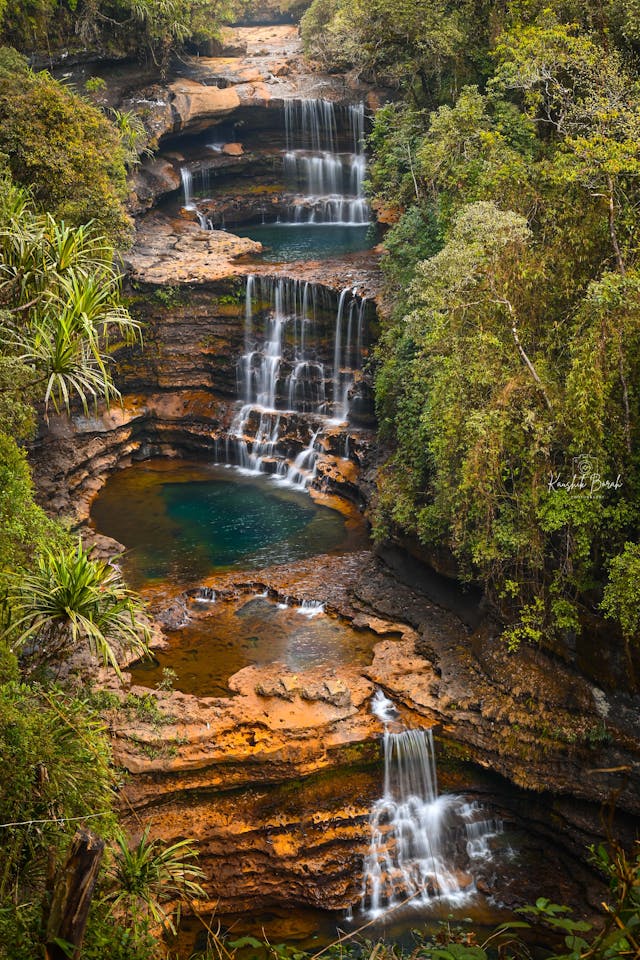
Day 2: Cherrapunji – Land of Waterfalls
On the second day, I embarked on a journey to Cherrapunji, about 50 km from Shillong. Renowned for its record-breaking rainfall, Cherrapunji is a paradise of waterfalls and caves. The drive was nothing short of spectacular, with mist-covered hills and valleys unfolding with every turn.
My first stop was the stunning Nohkalikai Falls, one of the tallest waterfalls in India. As I stood on the viewing platform, the waterfall’s plunge into the emerald pool below left me speechless. The area was cloaked in mist, adding an ethereal beauty to the landscape.
Next, I visited Dainthlen Falls, another breathtaking waterfall surrounded by legends and folklore. According to local lore, the waterfall is named after a mythical serpent, Thlen, who was defeated and killed near the falls. The sound of the water crashing down the rocks created a serene yet powerful ambiance.
After lunch at a quaint local restaurant, where I savored traditional Khasi dishes like Jadoh and Dohneiiong, I headed to Wei Sawdong Falls, a hidden gem that many tourists overlook. The tiered structure of the falls was unique and absolutely mesmerizing. The trek to Wei Sawdong through dense forests made the visit even more rewarding.
Before returning to my accommodation, I made a quick visit to the Garden of Caves, also known as Laitmawsiang, an extraordinary garden formed by natural rock formations and caves. The serene environment, with small waterfalls running through the garden, made it the perfect place to unwind after a day of exploration.
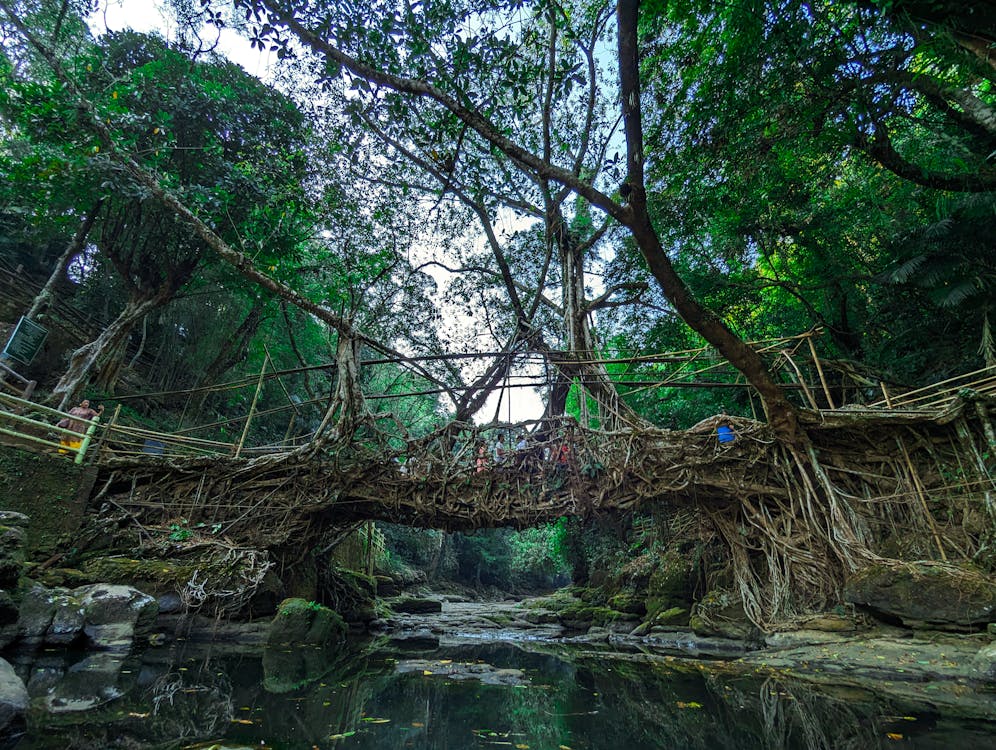
Day 3: Nongriat – The Living Root Bridges
Day three was dedicated to a single yet profound experience: trekking to the Double Decker Living Root Bridge in Nongriat. After a hearty breakfast, I set off on a trek through the forests and hills near Cherrapunji. The hike to the bridge is not for the faint-hearted, involving a descent of over 3,000 steps, but it was worth every step.
As I reached the double-decker root bridge, woven from the roots of ancient rubber trees, I was in awe of this marvel of indigenous Khasi engineering. The bridge is alive—growing and strengthening with time, blending seamlessly into the forest. I spent hours here, crossing the bridge, taking in the surrounding beauty, and dipping my feet into the cool waters of the stream below.
While in Nongriat, I also visited the nearby Rainbow Falls, a hidden gem accessible after an additional hour of trekking. The waterfall gets its name from the rainbows that form in its mist. Though the trek was challenging, it was incredibly rewarding to witness such pristine natural beauty.

Day 4: Mawlynnong, Dawki, and Shnongpdeng
On the fourth day, I traveled to Mawlynnong, often touted as the cleanest village in Asia. The village is about 80 km from Cherrapunji, and the journey took me through picturesque landscapes. Mawlynnong lived up to its reputation with its immaculately clean lanes, bamboo dustbins, and vibrant gardens. The villagers take immense pride in their community-driven eco-tourism model.
I climbed the Sky View Tower, a bamboo structure offering panoramic views of the lush hills and even the plains of Bangladesh. Interacting with the locals, I learned about their sustainable way of life and deep connection with nature.
In the afternoon, I headed to Dawki, a small town on the India-Bangladesh border, famous for the crystal-clear waters of the Umngot River. A boat ride on the river was a surreal experience, as the water was so clear that the boats seemed to be floating in mid-air. I spent the afternoon marveling at the tranquility of the river before making my way to Shnongpdeng, a serene village where I stayed the night in a riverside guesthouse.
Shnongpdeng offers various adventure activities, including kayaking, snorkeling, and cliff jumping, and I spent my evening enjoying the calmness of the river before indulging in a delicious local meal by the campfire.
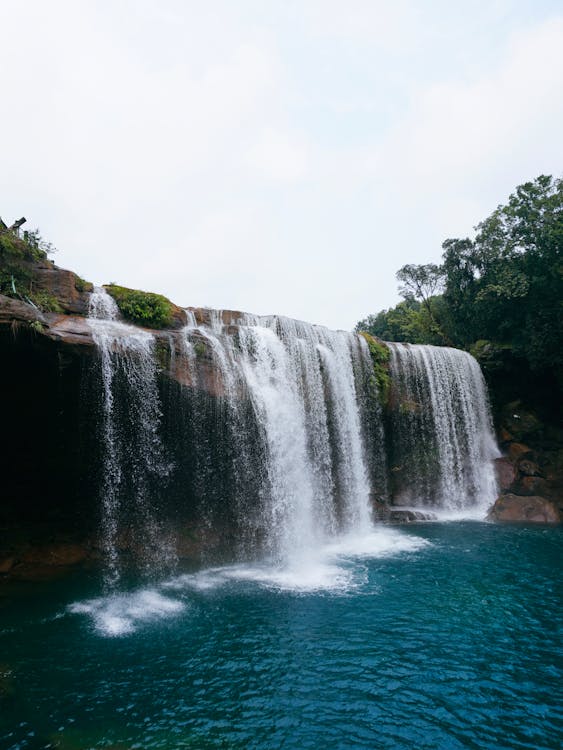
Day 5: Krangsuri Falls and Return to Guwahati
On my final day, I set off for Krangsuri Falls, located about 30 km from Shnongpdeng. The journey took me through some of the most beautiful landscapes I had ever seen, with hills blanketed in mist and waterfalls cascading down from the cliffs. Krangsuri Falls was a fitting end to my trip—a majestic waterfall with clear blue waters and a serene environment. I spent some time swimming in the pool below the falls, a refreshing break before my return to Guwahati.
After a brief stop for lunch, I bid farewell to Meghalaya and made my way back to Guwahati, taking with me memories of a trip that was as awe-inspiring as it was soul-stirring.
Memorable Interactions with Locals
During my five days in Meghalaya, the warmth and kindness of the local people left a deep impression on me. In Shillong, I met a young Khasi woman running a small handicraft shop near Police Bazaar. We had a long conversation about the traditional crafts of Meghalaya, and she gifted me a small hand-woven shawl as a token of friendship.
In Mawlynnong, an elderly villager invited me into her home for tea and shared stories about the village’s history and how they’ve maintained such cleanliness over the years. Her pride in her village was palpable, and I felt honored to have been welcomed so warmly.
Finally, my trek guide in Nongriat was a wealth of knowledge, not just about the route but also about the local flora and fauna. His stories of living in the hills, cut off from the hustle and bustle of city life, gave me a deep appreciation for the simplicity and beauty of life in Meghalaya.
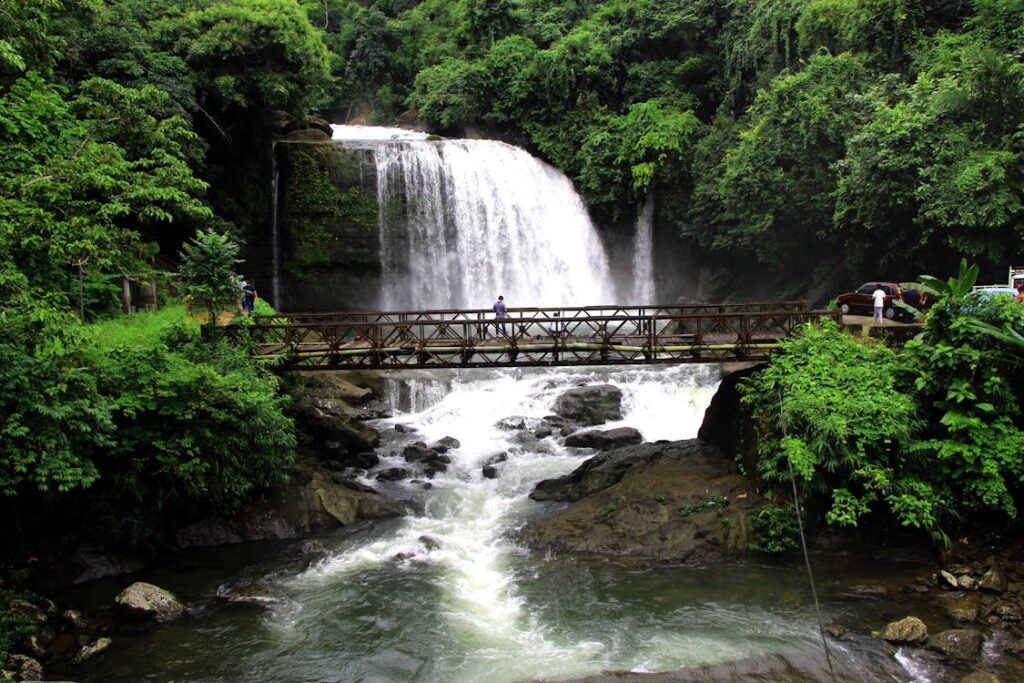
Final Thoughts on My Trip to Meghalaya
My five-day journey through Meghalaya was nothing short of magical. From the bustling streets of Shillong to the hidden waterfalls of Cherrapunji, the living root bridges of Nongriat, and the serene rivers of Dawki, every moment felt like a discovery. If you’re looking for a destination that offers a perfect blend of adventure, natural beauty, and cultural experiences, Meghalaya should be at the top of your list. The hills, the clouds, and the people all come together to create a travel experience that you’ll never forget.

Hey people!!!!!
Good one !!!!!